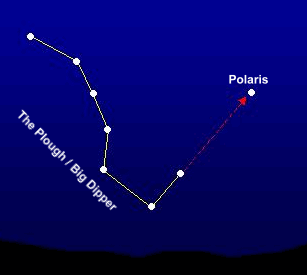Topics for final exam
The sheet of notes is still permitted. The topics for the final exam are: electrical charge proton, neutron, electron, quark - particles; which are fundamental and which are composite atomic number and elements Coulomb's law charging things - what happens voltage current resistance units of V, I and R series circuit parallel circuit basics of circuits bulb brightness predictions - it's related to current (and series vs. parallel) V = I R basic electrical schematics (and symbols - battery, resistor, wire) magnetism electromagnetism electromagnetic induction compasses finding north magnetic north vs. geographic north
